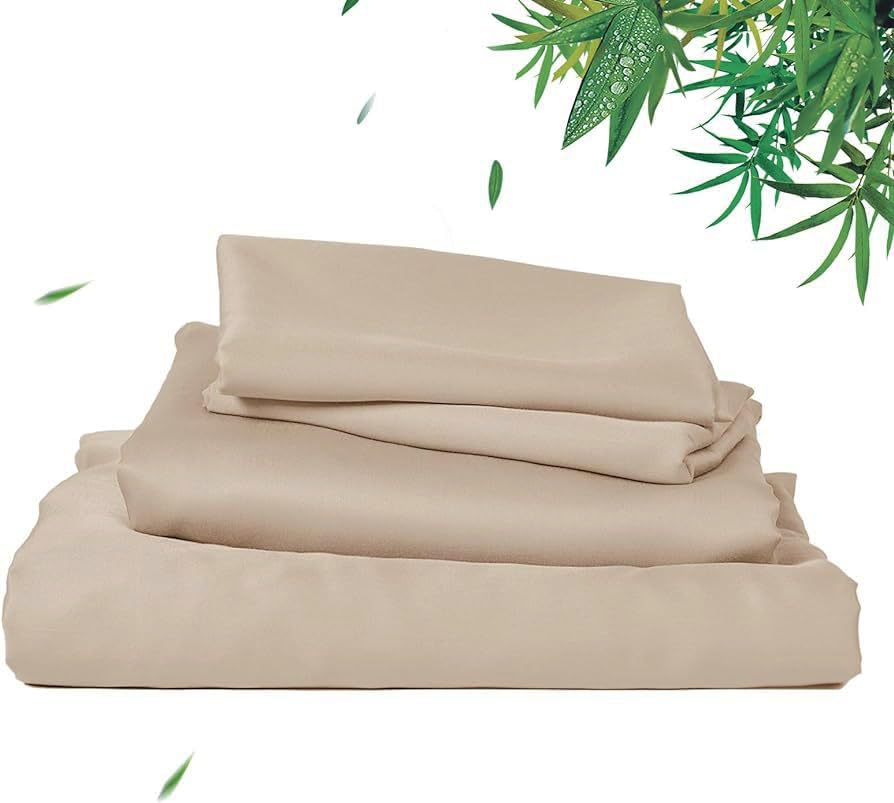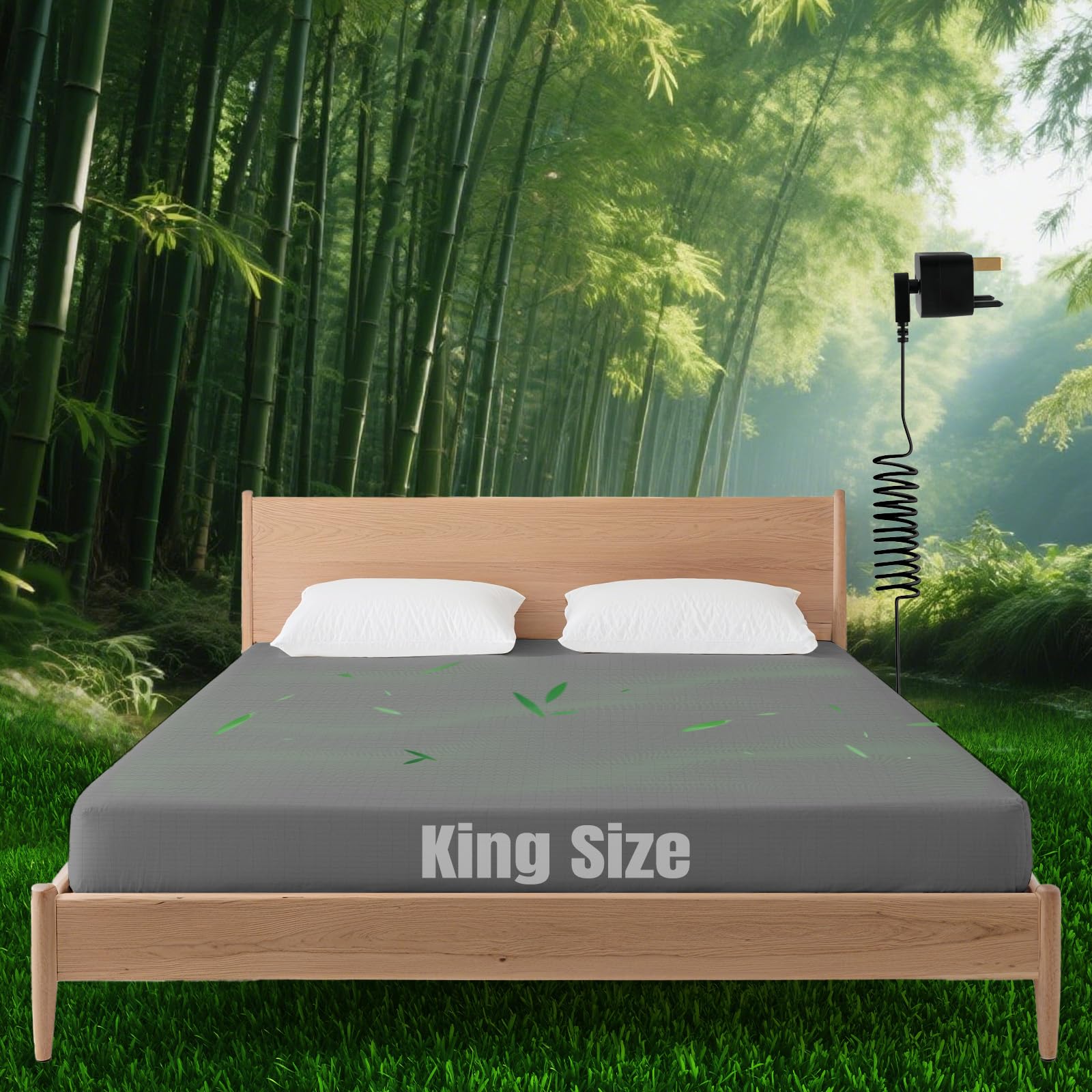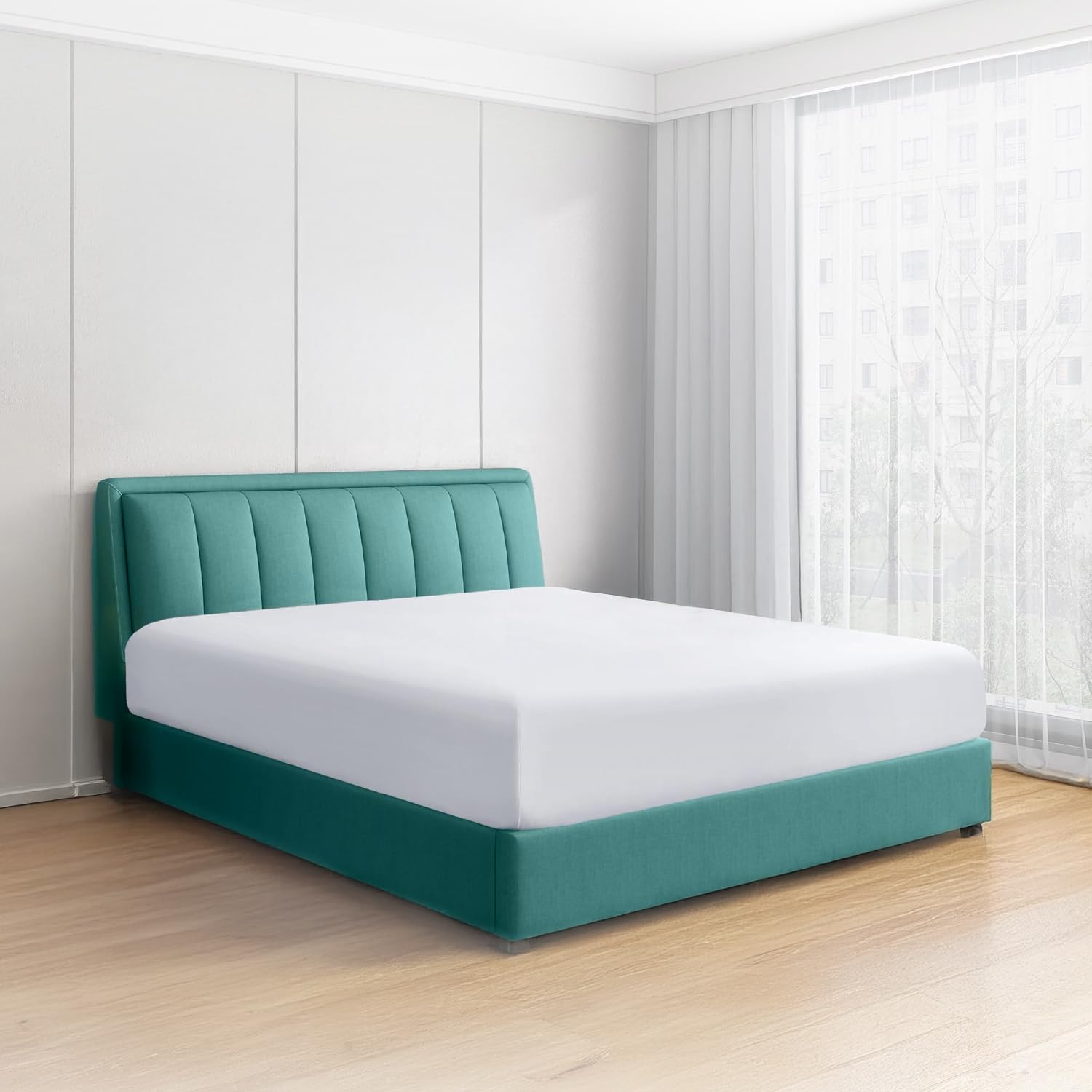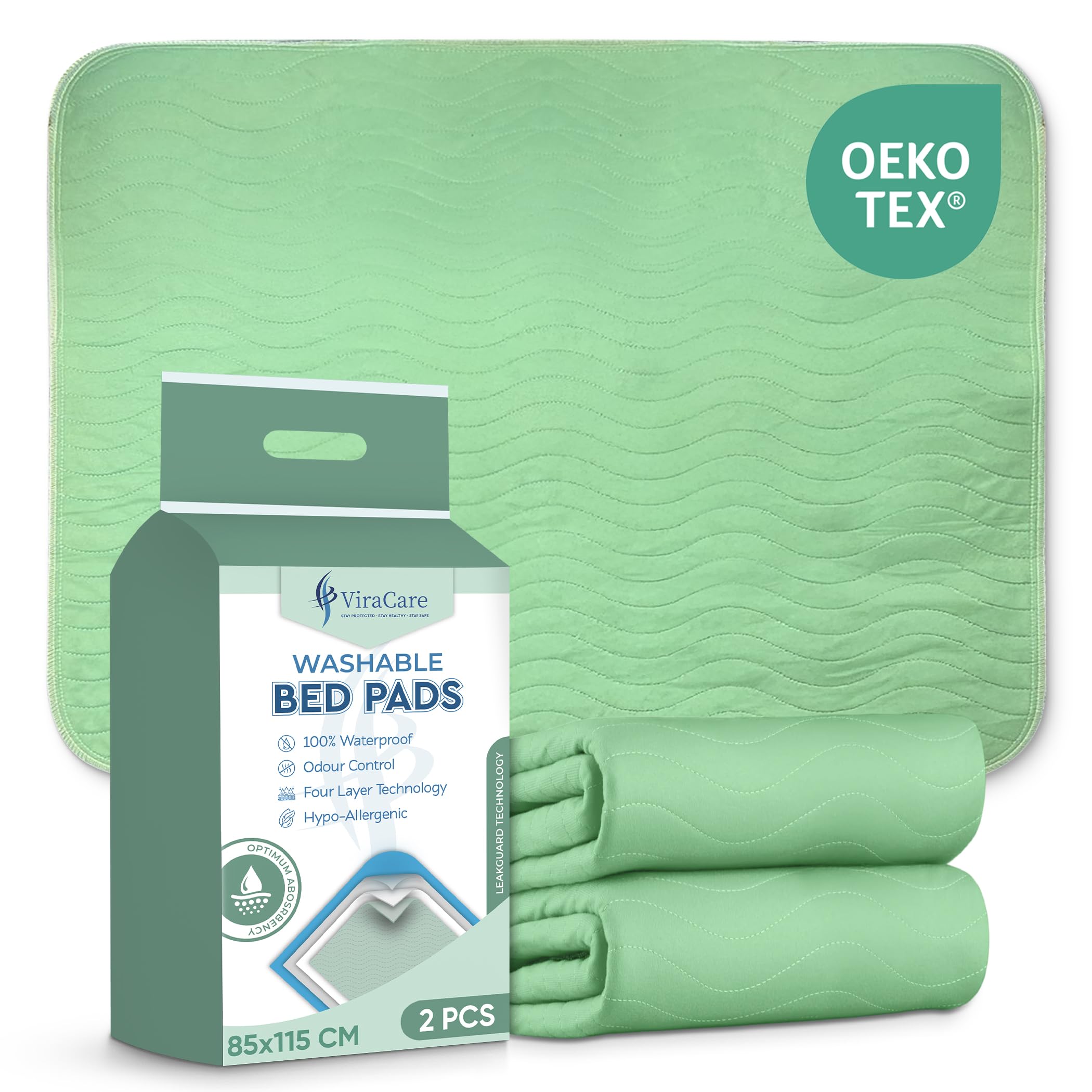Thread count sounds scientific, which is why it shows up on packaging and in ads. In real UK bedrooms, comfort comes from fibre quality, yarn, weave, and finishing. A crisp 300 thread count percale can feel cooler than a limp 1,000 thread count sheet made from weak, multi ply yarns. This guide clears up the myths, explains what to look for beyond the number, and helps you choose sheets that feel great after many washes.
Breathable bases such as bed sheets that stay cool set the tone for the rest of the setup.
What thread count actually measures
Thread count is the total number of yarns running lengthways and widthways in a square inch of fabric. High numbers can be achieved by twisting several weak yarns together to create multi ply threads, then counting all the plies. This inflates the number without improving quality. A sheet made from long staple cotton, woven well at a moderate thread count, will usually feel better and last longer than an inflated count made from short fibres.
Fibre length and yarn quality matter more
Long staple and extra long staple cottons produce smoother, stronger yarns that pill less and soften with washing. Short fibres stick out of the yarn, creating fuzz and pilling. When you see Egyptian cotton on a label, look for certification. The name alone is not a guarantee. Many excellent sheets use long staple cotton from other regions and state fibre quality clearly. If a brand explains staple length and finishing rather than shouting the biggest thread count, that is a good sign.
Percale vs sateen and why feel differs
Percale is a plain weave with a one over, one under structure. It feels crisp, breathes well, and gets softer with washes. Sateen floats yarns over several threads, giving a smoother, slightly warmer finish with more drape. If you run hot, percale often feels better year round in the UK. If you like a silkier hand, sateen at a sensible thread count can be lovely, especially in cooler months.
Finishing makes comfort last
Mercerisation and quality control in weaving and dyeing improve hand feel and durability. Cheaper sheets can feel soft at first due to finishing agents that wash out quickly. After a few washes they reveal rough yarns and weak construction. Look for brands that talk about finishing processes and show close ups of stitching and corner construction. Double stitched seams and strong elastic on fitted sheets are small details that pay off over time.
Choose the right number for your needs
For most people, 200 to 400 thread count percale in good cotton is a sweet spot for breathability and durability. Sateen can run higher without getting stuffy because the weave is different, though you still do not need four digits for comfort. If you see 800 or 1,000 thread counts at suspiciously low prices, expect multi ply yarns and a sheet that may feel heavy but not luxurious.
Care and washing for better feel
Wash new sheets before first use to remove finishing agents. Use mild detergent, avoid heavy softeners, and line dry when you can. A short tumble on low softens percale without cooking fibres. Over time good cotton relaxes and feels smoother. If pilling appears, it is usually a sign of lower fibre quality rather than something you did in the wash.
Well‑made percale and smooth sateen at sensible counts feature in the best bed sheets for UK homes. Whole‑bed comfort usually pairs sheets with a season‑appropriate duvet and a quiet mattress protector.
FAQs
Is higher thread count always better?
No. Fibre quality and weave matter more. A well made 300 thread count percale often feels cooler and lasts longer than a 1,000 thread count sheet made from weak multi ply yarns.
What is a good thread count for percale?
Two to four hundred is a great range for breathable, durable percale. Focus on cotton quality and finishing.
Do sateen sheets need high thread counts?
Sateen can run higher because of the weave, but you still do not need extreme numbers. Choose based on feel, not just a number on the label.





